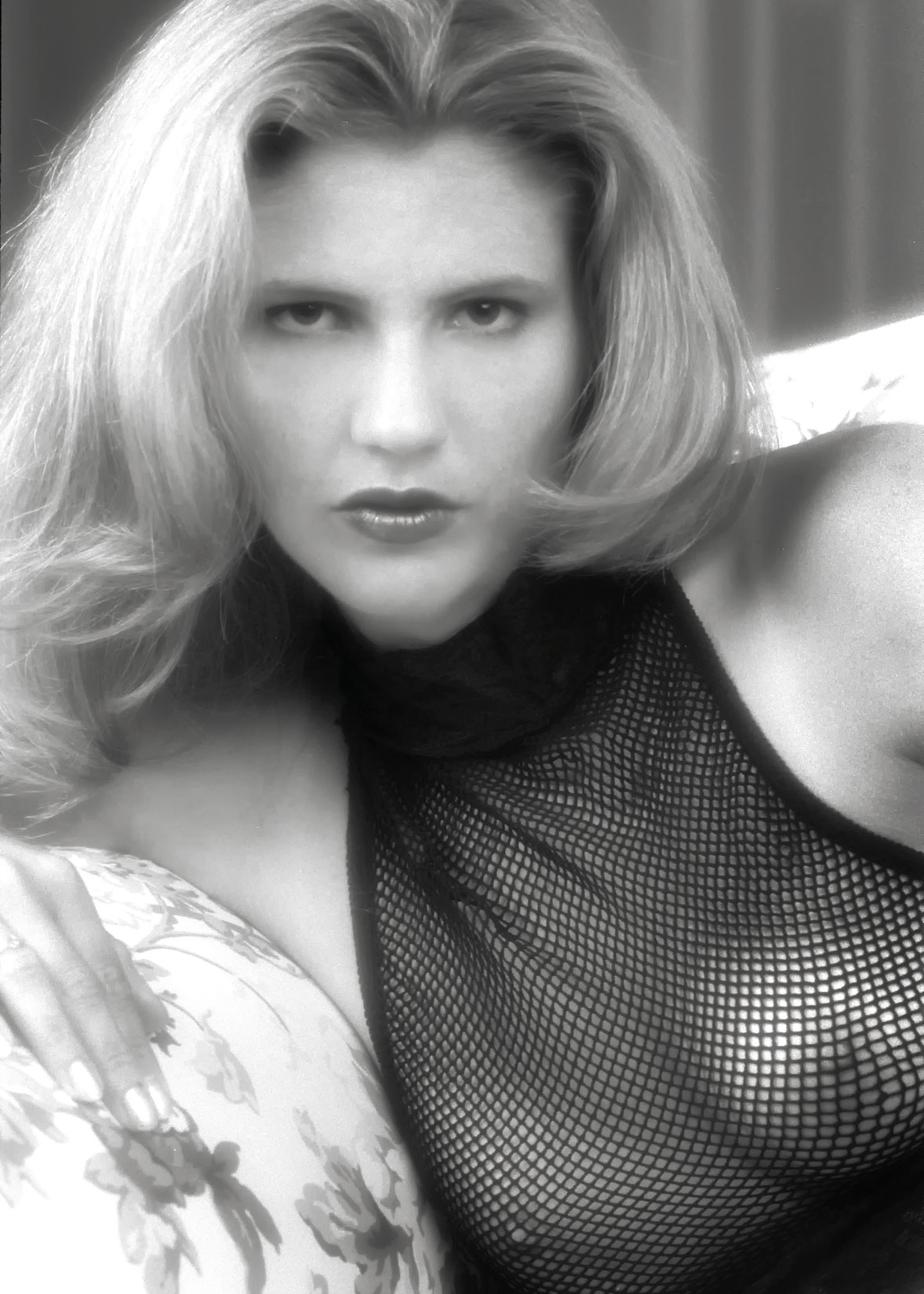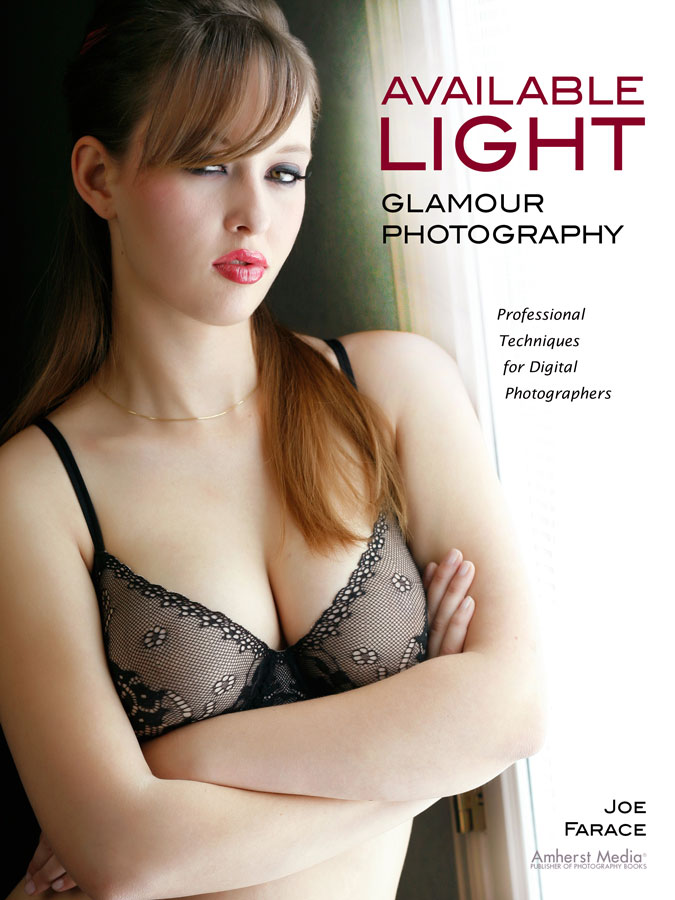#filmfriday is on hiatus today, again. In a previous post, I mentioned plans to shoot Ilford’s HP5 PLUS during a model shoot with Scarlet Ana that was scheduled for yesterday. If all goes at planned, Update: Because of unforeseen circumstances, it did not happen. When the shoot is rescheduled, I want to shoot parts of each segment with HP5 PLUS and then have it processed at The Darkroom to enable faster turnaround than has been the case with Mike’s Camera black and white film processing. #filmfriday will return soon. In it’s place today is Film Noir…
Today’s Post by Joe Farace
According to Wikipedia, the film noir genre refers to mystery and crime films that were produced from the early 1940s into the late 1950s. Movies of this genre were characteristically shot in black and white and featured stories often involving femmes fatales…
 The French film critic Nino Frank first used the term film noir, which is French for black or dark film, in 1946 to describe a specific Hollywood movie genre. One of my recent YouTube videos takes a look at two classic crime thrillers, one of which might be considered neo-Noir because of the style in which is was filmed.
The French film critic Nino Frank first used the term film noir, which is French for black or dark film, in 1946 to describe a specific Hollywood movie genre. One of my recent YouTube videos takes a look at two classic crime thrillers, one of which might be considered neo-Noir because of the style in which is was filmed.
In my post Recent Trends in Portrait Photography I wrote about a trend to create underexposed images and post them on social media. In it I wrote: The use of “underexposed images is more of a technical detail and maybe I’m too sensitive about it but some photographers seem to think that the best way to show a dark moody film noir image is to underexpose the portrait. Nope. When you underexpose you do make it darker but you also make it flatter and dull.”
One of Farace’s Laws of the Imaging Universe is that all special effects are subject dependent. A filter or effect that looks great for one kind of subject may not look so hot when applied to another, different kind of subject. And it isn’t just the subject matter that will effect the final look but also how the image was made. Low or high key lighting and the overall mood of the photograph all respond differently to special effects filters and there’s only one to find out: Try it.
How I Made this Portrait: Here’s an idea: If you want to make a film noir image, why not shoot it with film? I photographed Kim in the dining room of my former home using available light with (maybe) a reflector placed at camera left. The camera used was my original Contax 167MT, not the one I recently purchased, and a Carl Zeiss 85mm f/2.8 lens. The film was Kodak Plus-X film that, as of November 2011, is no longer available. Exposure was unrecorded.
Scans were made using Kodak’s Photo CD process and the files were opened using Lemke Software’s GraphicConverter that produced fairly good quality images from the disc. The software is, however, not without its quirks for those people, like me, who are using older computers and OS. Grain from the film scan was moderated with Dfine and I applied Imagenomics’ Portraiture even though it’s far less effective with black and white than with color images. I then added a layer of the Glamour Glow filter that’s part of Color Efex for the final touch.
If you would like to send black and white or color 35mm film for me to review or any other photo equipment that could be used for these posts and my videos, you can get my mailing address by clicking the CONTACT tab and asking. I’ll get right back to you with the address,
 If you enjoyed today’s blog post and would like to buy Joe a cup of Earl Grey tea ($2.50), click here. And if you do, thank so very much.
If you enjoyed today’s blog post and would like to buy Joe a cup of Earl Grey tea ($2.50), click here. And if you do, thank so very much.
My book Available Light Glamour Photography that’s available from Amazon with new copies of the book for just $23.78 with used copies starting around twenty-three bucks, as I write this. The Kindle version is $19.99 for those preferring a digital format.